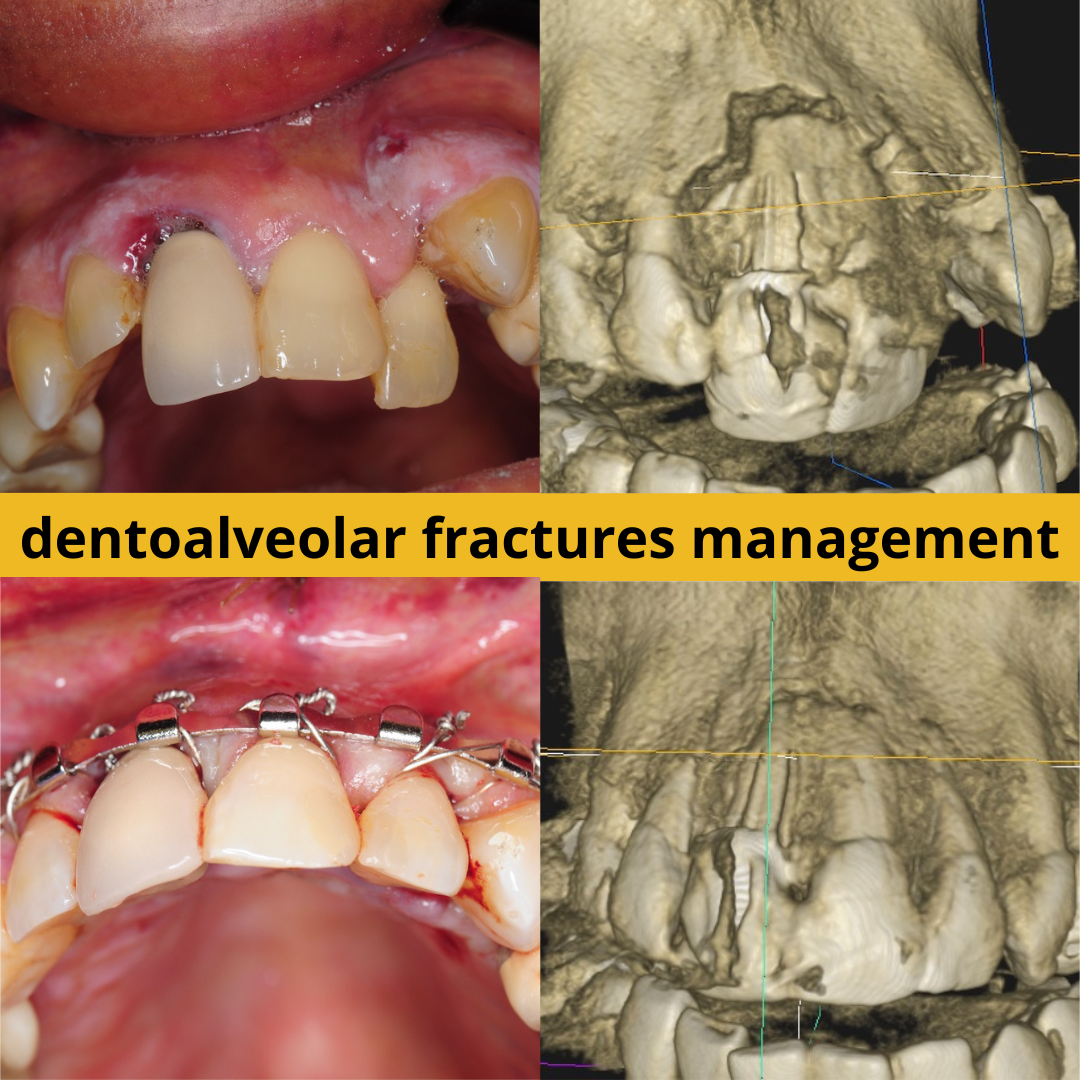
One of the most common types of trauma we treat is dentoalveolar fractures. Here are the basic steps in management of such injuries:
✅ Clinical exam: check teeth mobility, bone segments mobility, occlusion, soft tissue, and paresthesia from potential trigeminal nerve injurues
✅ Peri-apical x-rays: to assess the overall integrity of the teeth
✅ CBCT: to assess precise extent of the fracture and adjacent structures
✅ Closed reduction of the dentoalveolar segment into proper alignment and occlusion
✅ Stabilize dentoalveolar segment: Use either a bonded wire splint or arch bars with interdental wires
✅ Repair of any gingival lacerations
✅ Post-op CBCT to assess degree of reduction
✅ Instruct patient to remain on soft / liquid diet for 4-6 weeks
✅ Check splint every 2 weeks to assure stability
✅ Endodontic consultation to assess baseline vitality of teeth (within 2 weeks of the injury)
✅ Removal of the splint in 4-6 weeks
✅ Second endodontic evaluation to re-assess vitality of involved teeth
✅ Hygiene appointment to restore gingival health
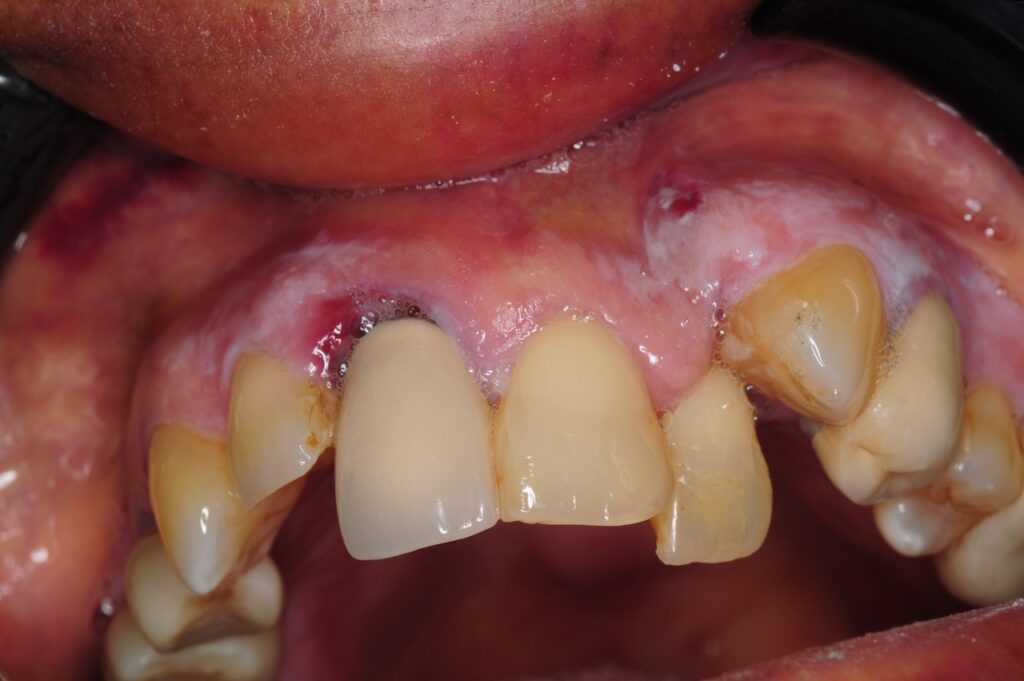
Displaced teeth and fractured dentoalveolar bone
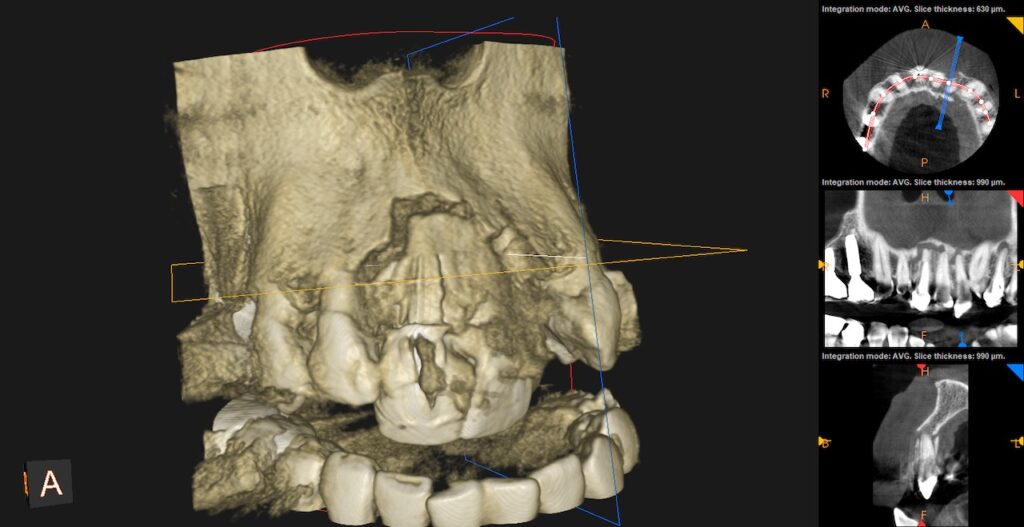
Cone Beam CT Scan showing displaced dentoalveolar fracture
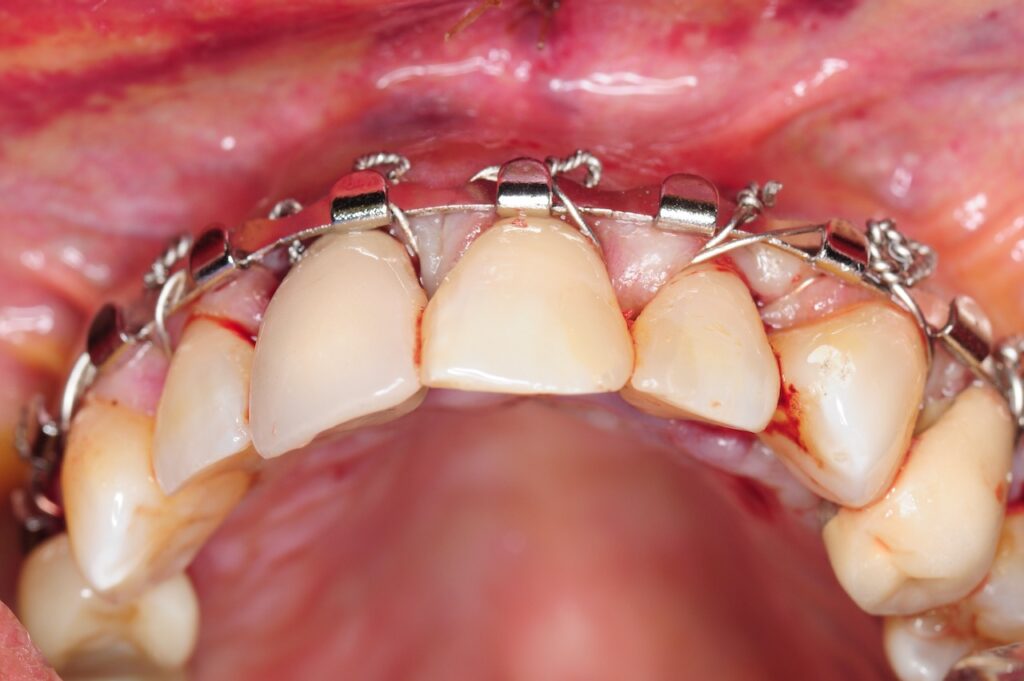
Closed reduction of fracture and splinting using an arch bar
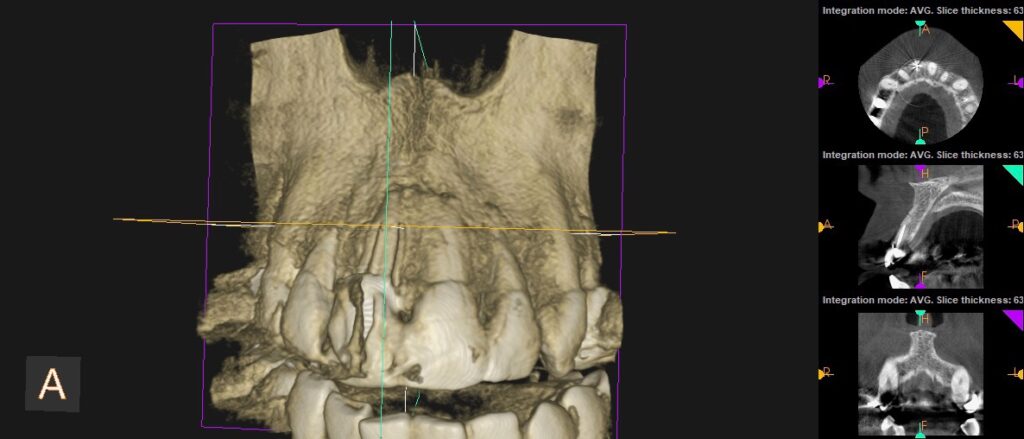
Cone Beam CT scan showing adequate healing and stability of the dentoalveolar segment